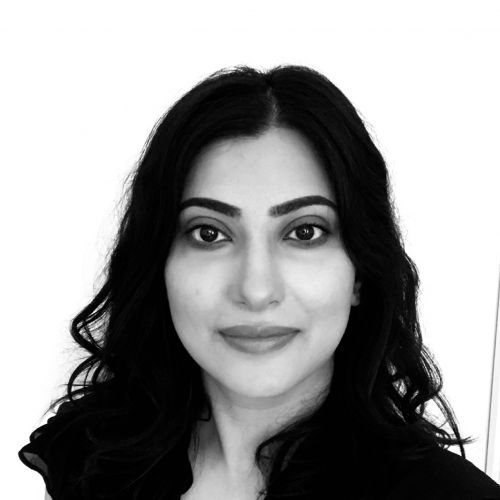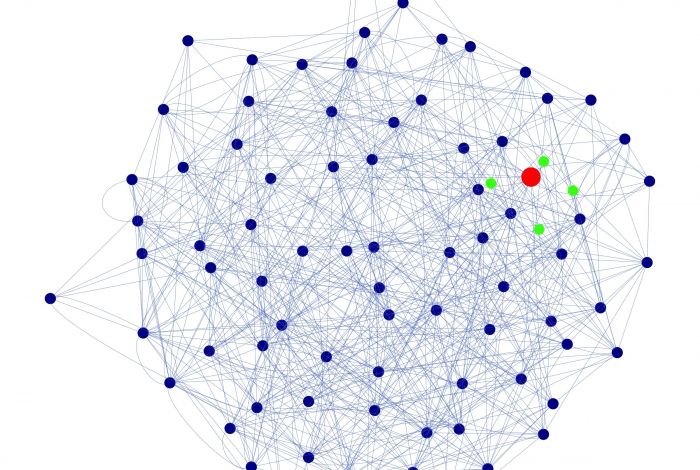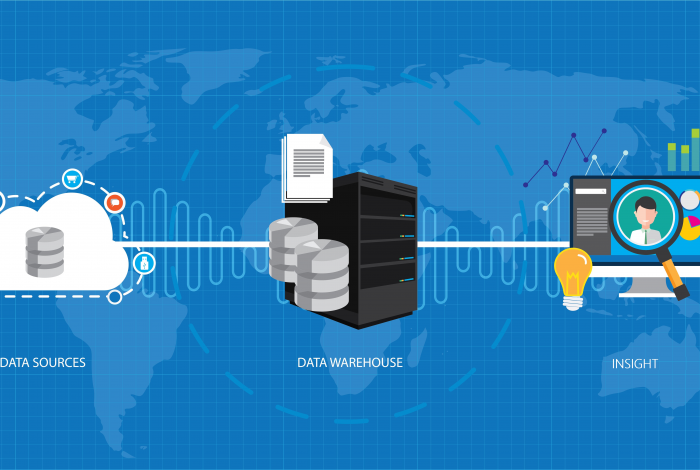ICT Infrastructure for Datadriven Innovation

How do we sequence a DNA-genome? Do we understand the relationship between genes and disease after having sequenced the entire human genome back in 2001? In this episode, Alia and Silvija discuss the importance of established infrastructure and processes that facilitate innovation in precision medicine, as well as a faster implementation of innovative solutions that can be used in the clinic.
Follow this link to listen to the podcast!
Learnings from the episode
- Sequencing
- Biology
- Genome reading
- Privacy policy
- Infrastructure
This article is
from an episode of #Lørn, made in collaboration with LørnTech.
Quick Q and A with Alia
Title and company:
Assistant Project Manager in BigMed and Innovation Consultant at
Sykehuspartner.
Education and hobby?
MSc in
Bioinformatics and BEng in Chemistry with specialization
in Biotechnology. Indian dance.
Who are you and how did you get into innovation / research?
I have always been interested in how
things are interconnected. Especially, how people to a large degree are subject to their own
individual biology encoded in our DNA-sequence. I quickly realized that
what we were doing in the laboratory had a limited value unless we had good
IT-tools to understand the results and turn this into knowledge for public
benefit.
What is the most important you do at work?
I am employed as a part of a more focused effort to support environments in research and innovation at hospitals.
What is your focus in technology / innovation?
I spend most of my time on the BigMed-project, wherein we
collaborate with the RIF-programme to build a joint ICT-platform that can
facilitate innovation in precision medicine.
Why do you find it exciting?
We work on realizing the political and national
ambitions on an operative level and are paving the way for new technology that
will change the way we work within medicine.
What controversies do you find the most interesting?
On one side, we have the requirement of centralization,
consolidation and operational security. This does not always go along with the
ambition of innovation and a quick implementation of innovative solutions for clinical
use.
Your own, relevant projects over the last year?
The BigMed-project.
Your other, favorite examples of similar projects internationally
and nationally?
Genomics England and datalake in Canada.
What do you think is relevant knowledge for the future?
- How we can work more agile in larger, heavier IT-organizations with responsibility for critical security systems.
- Development of good standards and protocols for information exchange.
- New ways of working together with the industry
What do we do uniquely well in Norway in relation to this subject?
We are very good at privacy, as well as doing things on our own. At the same time we need to allow for more collaboration on the development
of good ICT-infrastructure and we must have the ability to trust private
parties on an equal footing as the ones that are public.
Favorite quote?
“Keep calm and carry on».
Most important point from our conversation?
It is important to establish an infrastructure and processes that
facilitate innovation within precision medicine, as well as a faster
implementation of the innovative solutions for clinical utilization.
Recommended literature / videos about your professional field?
- Utviklingstrekk 2020, Drivere og trender for e-helseutviklingen by the Directorate of ehealth.
- Big data management for the precise treatment of three patient Groups by the BigMed Project.
- www.bigmed.no
Food for Thought
« We still need to develop solid standards and protocols for information exchange, so that we do not become dependent on specific suppliers or one-system-solutions. “

Relevant Projects

Infrastructure platform for South-East Regional Hospital Trusts
In this particular project, we are aiming to build a pre-clinial in silico lab to support research and innovation projects within precision medicine. It will serve as a test bed for development of prototype research and development

A pipeline and tool for personalised patient classification based on integration of multiple patient data
We are developing a novel pipeline, algorithm and computational tool, to assist clinicians in assigning the best therapy to individual patients by integrating in a novel and transparent way multiple type of data from patients

Pipeline for Extraction and Anonymization of Data from EHRs
I dag er det er mange forskere som behøver hurtig tilgang til automatiske og oppdaterte uttrekk av pasientdata fra journalsystemer for å bearbeide og analysere data, samt bruke de til forskning og utvikling av diverse støttesystemer for

